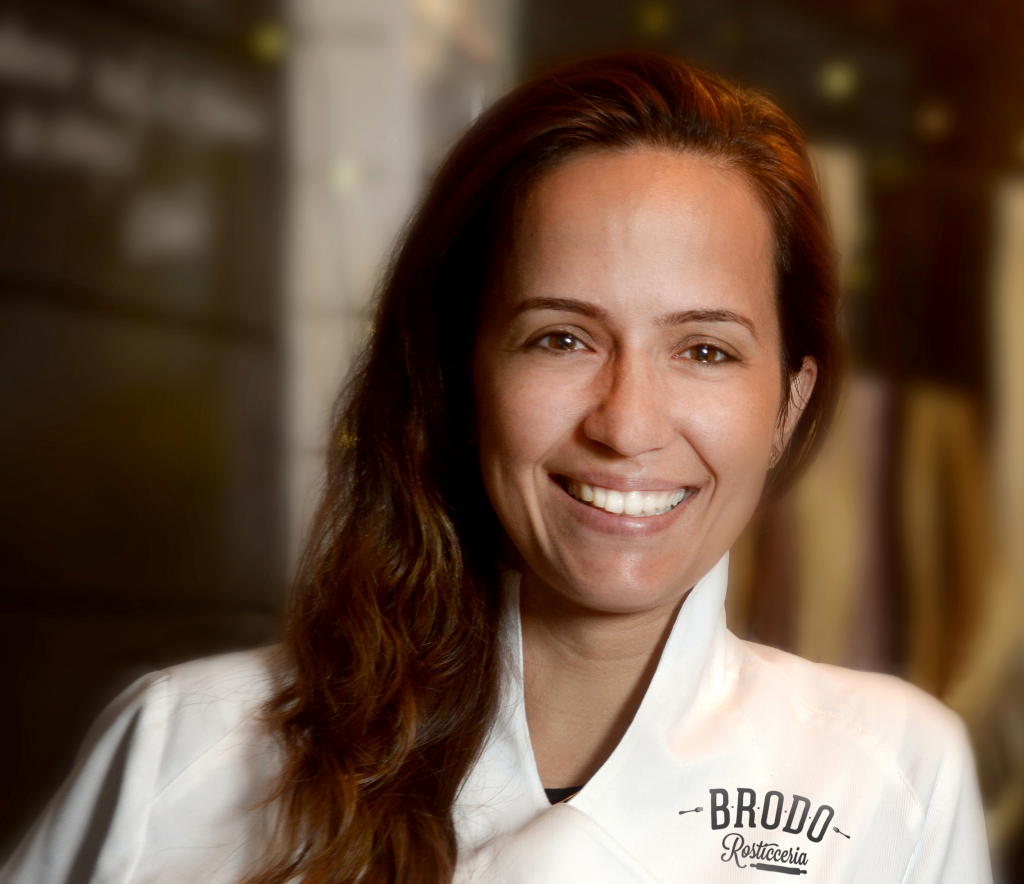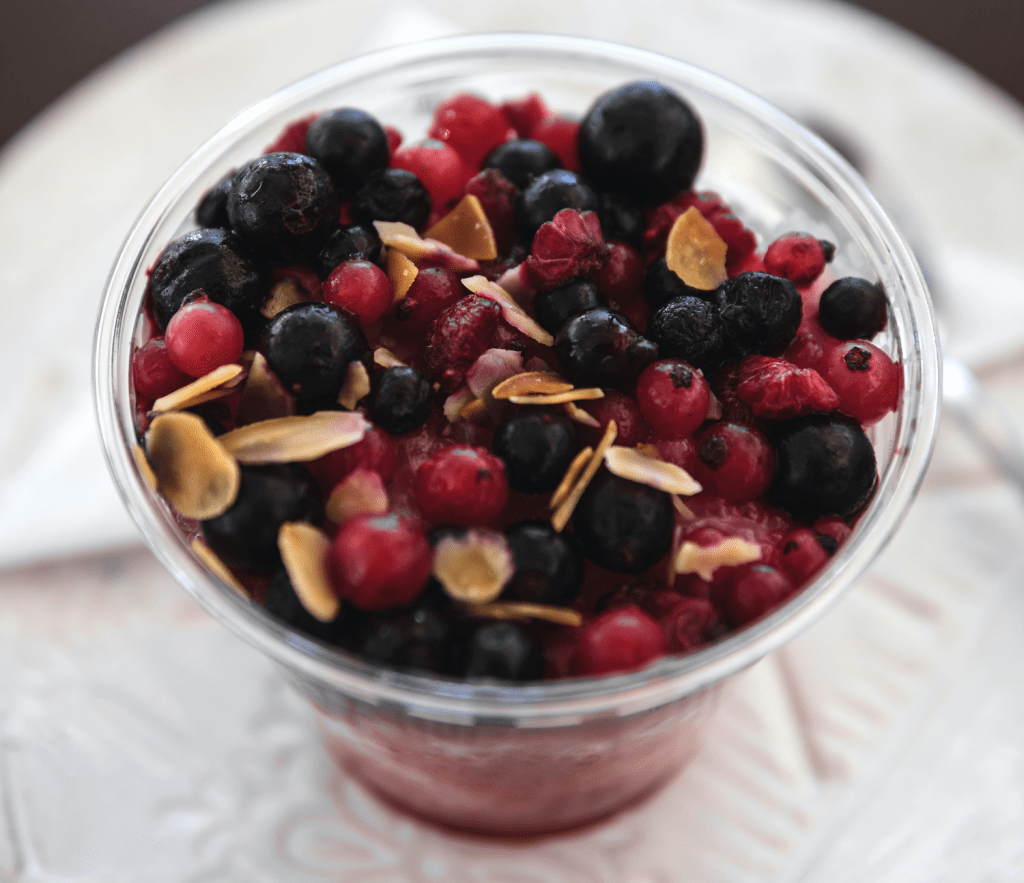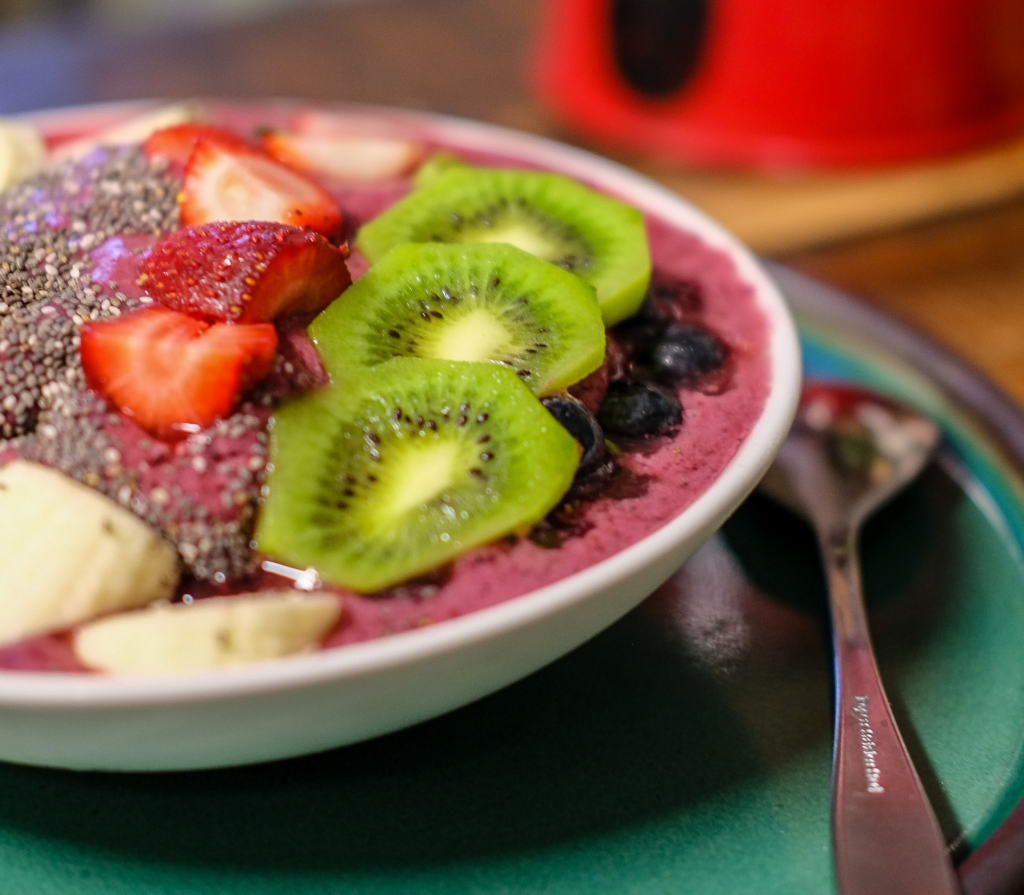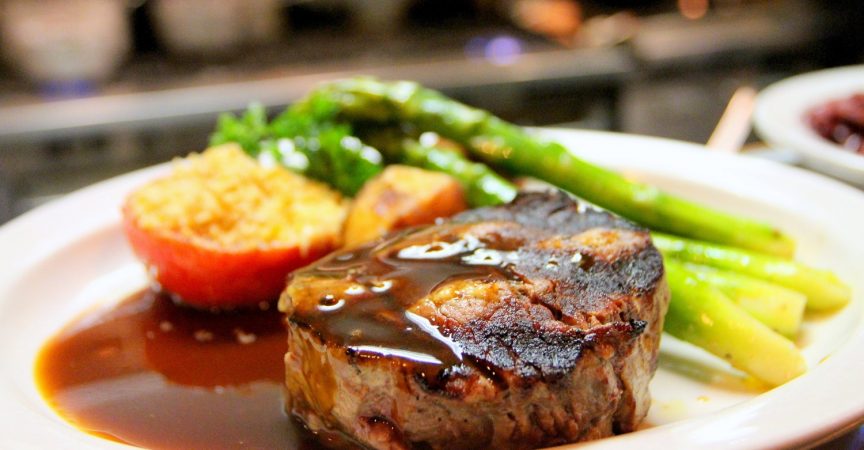Brazil: A global champion of culinary creativity and diversity
Brazil has long been established as a force to be reckoned with on the global stage when it comes to stunning natural landscapes, legendary athletes and celebrations of epic proportions. From flavours and ingredients to techniques and cooking methodology, the country with the largest GDP in Latin America has a lot to offer. As we collectively navigate a global pandemic, and with foodservice and hospitality being an industry that has been exceptionally affected, chefs and restaurateurs from around the world can turn to one another for support and inspiration.
Brazil is one of the world’s most culturally diverse countries with a vibrant mosaic of flavours, colours and textures when it comes to local cuisine. Ingredients and techniques first employed by native peoples in Brazil have become visible in modern Brazilian cuisine, teamed with fare introduced to the country through several waves of migration from nearly every corner of the globe. In fact, Brazilian chefs in recent years have begun revisiting indigenous cuisines and paying homage to traditional dishes by serving ingredients, such as the ancient pirarucu fish, in their high-end restaurants.
Brazilian Chef Mariana Valentini cites tapioca, originally enjoyed among indigenous communities but still a staple of Brazilian cuisine today, as one of her favourite local foods. Canadians may first think of boba in bubble tea when they hear ‘tapioca’, which originates in Southeast Asia. Made from cassava flour and used by Portuguese settlers as a substitute for bread when wheat was less abundant, Brazilian tapioca resembles a crepe and is a blank canvas of sorts as it can be made sweet or savoury depending on the filling, around which the tapioca is folded. Even without gluten and no added liquids or oils, tapioca will form in a pan as heat allows the cassava flour to bond.

Easy to prepare and ideal for appetizers, desserts or mains at any time of day, tapioca is certainly deserving of a spot on the menu. Plus, it’s economical. Some common fillings include cheeses, meats and fruit, among many others, but the true beauty of this ingredient lies in its inherent versatility as it offers chefs an opportunity to get creative with a unique dish that can be tailored to their clientele and cuisine. The fact that it’s gluten- and lactose-free (along with its gastronomical adaptability and affordability) only makes it all the more inclusive and ideal for foodservice applications.
Pork on the other hand, another staple of Brazilian cuisine, has undergone quite the contextual change that in part lends itself to a long and unique history. Originally, pork was often prepared on barbecues or served at Christmas when many Brazilian families gather around a juicy ham.
Within the last several years, however, Brazilian haute cuisine has discovered a newfound appreciation for the popular meat and preferred cuts traditionally considered less desirable for consumption such as the cheek, shoulder and belly. For example, high end restaurants in Brazil have recently been known to serve Feijoada, a black bean and pork stew enslaved peoples invented out of necessity with customarily undesirable cuts of meat. Chef Valentini praises pork for its flavour and juiciness which are not always found in beef. In fact, one of the best-selling dishes at her Italian-Brazilian fusion restaurant, Brodo, is the Pork Shank Cappelletti. The ultimate comfort food, it represents the warm, welcoming flavours of Brazil that Chef Valentini says should be experienced “slowly, enjoying every bite.”
There’s something to be said about eliminating food waste that is more relevant now than ever before in recent history. During these uncertain times, minimizing food waste in ways such as using every cut of meat is about more than sustainability and an active respect for the natural environment – it’s also about minimizing profit loss for chefs and restaurants. Versatile ingredients such as tapioca and pork can support pre-established menus of varying natures as it can be used as a foundational base for an endless number of dishes and recipes that can be enjoyed by the vast majority of customers.

Chef Valentini explains that, in fact, “most Brazilian products are extremely versatile and affordable” making them delightfully compelling to incorporate into restaurant menus. “With the exception of some spices such as dendê oil, most native Brazilian ingredients are not products of intense flavor, making it easy to please the palates of different cultures.”
Moreover, the vast majority of local ingredients in Brazil are grown and sourced sustainably. One example of this is açaí, the ingredient that took the foodie world by storm when it hit the global food scene even though it has been consumed by local communities since before recorded history.
Commonly seen in smoothies, juices, sorbets and snack bars in recent years, açaí remains one of the healthiest and most delicious fruits on the planet with more antioxidants than other fruits championed for their nutrient-density such as blueberries and cranberries. But it’s also used in its native country as a tangy addition to salad dressings and to tame spicy meat sauces by locals. Açaí production has remained mostly in the hands of small families in the rainforest who work endlessly to preserve their communities and environments while growing and harvesting the fruit.
According to the Chamber of Commerce Brazil-Canada (CCBC), Canadian imports of prepared fruits (including açaí pulp) have been rising, reaching US $203.3 million in 2019, growing steadily from 2016 to 2019. In fact, Brazil is among the top countries to export the product to Canada. And, despite COVID-19 hindering import values in the first semester of 2020, the CCBC claims that some Brazilian fruits saw growth in import value as high as 56%.

Brazil is also one of the planet’s largest meat exporters, including pork. Given Brazil’s rich agriculture and diverse industries, this hardly comes as a surprise. For over 45 years, the CCBC has been working to facilitate and promote matchmaking and trade between Canadian and Brazilian companies, making it easier for Canadian chefs and restaurateurs to connect with Brazilian entities, navigate bureaucratic procedures for trade and learn about Brazilian markets, ultimately granting access to unique and exotic ingredients and products. As the fifth largest country in the world, Brazil’s local natural ingredients are seemingly endless due to naturally occurring biodiversity, an ideal climate and a booming food industry.
In the many Canadian gastronomic hubs, innovation and modernism have proven successful in driving traffic to restaurants. That comes as no surprise as Canada is home to some incredibly talented and ingenious chefs, many of whom have paved new ways of serving up the restaurant experience for their customers. Consumers are hungrier than ever for sustainable, thoughtful and engaging meals, a craving that certainly is satiable with the right ingredients all of which can be found in Brazil’s rich and colourful culture. As a country that successfully adopted culinary influences from around the world while maintaining their own identity, Canadian chefs can look to Brazil for inspiration and creativity in making exciting dishes that carry over 500 years of history.
To learn more about the CCBC and how it can help your restaurant source unique products and ingredients from Brazil, visit ccbc.org.br.









